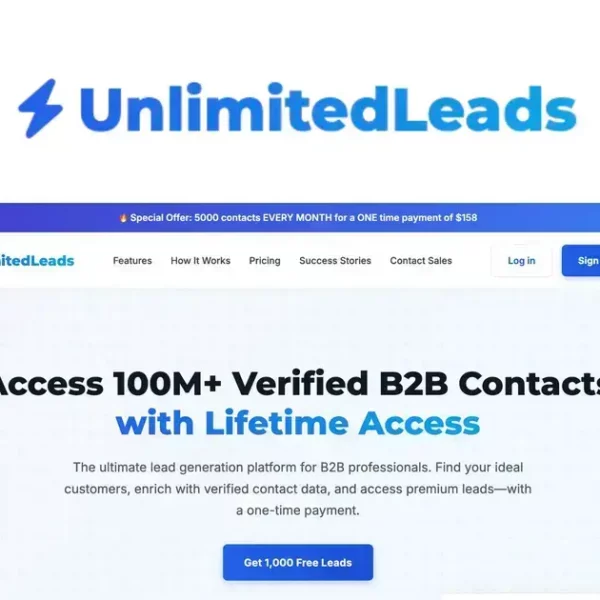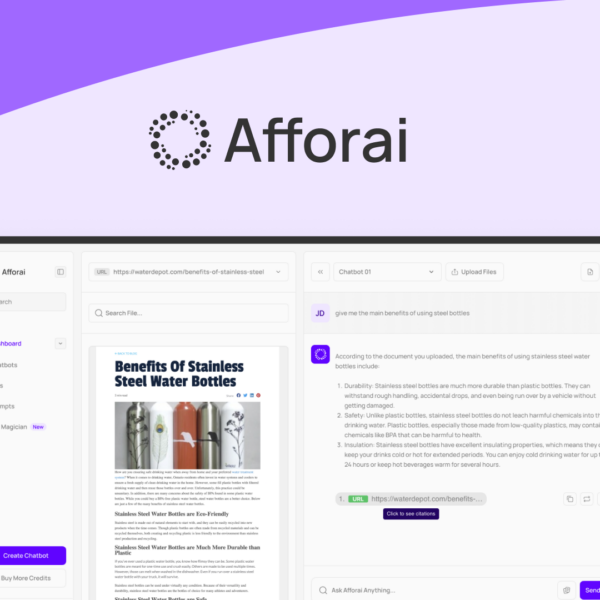If you’re thinking about diving into the world of SaaS Products, you’re not alone! With tons of options available, it can be overwhelming to choose the right fit for your business. Let’s explore how to navigate these decisions effectively.
Do Your Homework on the Developer and the Company
When choosing a SaaS product, it’s crucial to do your homework. Start by researching the developer and the company behind the software. Look for their reputation in the market. Are they known for good support? How long have they been in business?
Check Reviews and Testimonials
Read user reviews and testimonials. These can provide real insights about the product. Check if customers are happy with the service and features. See if they faced any issues and how those were resolved.
Company Stability
Next, consider the stability of the company. A strong, financially stable company is less likely to go out of business. This means more reliable support and updates for your software.
Licensing and Compliance
Also, ensure the company meets all necessary regulations. This includes data security and privacy laws. Your business will handle sensitive information, so it’s vital that these rules are followed.
Support and Communication
Finally, assess their customer support. Is it easy to reach them if you have a question? Quick and helpful support is essential. You don’t want to feel stranded if an issue arises.
Check What Features Have Been Rolled Out Recently

When exploring a SaaS product, you should check what features have been rolled out recently. Companies often improve their products with new features. This shows they are active and care about user feedback.
Importance of Recent Updates
Updates can fix bugs and improve performance. They may also add new tools that can help your business. Regular updates often indicate a commitment to quality.
Feature Lists
Look for a features list on the product’s website. This will help you see what’s new. Compare these features to what you need for your business. Are they solving any current pain points?
User Feedback on Features
Check reviews for feedback on the recent features. Users often share their experiences with new updates. This will give you insights into how well the features work in real life.
Future Roadmaps
Some companies share their future roadmaps. This shows what features are coming soon. It’s a good way to see if they are focused on innovation.
Choosing a SaaS product with ongoing improvements can benefit your business in the long run. You want a service that keeps getting better.
Look at Their Roadmap
Looking at a company’s roadmap is a smart move when choosing a SaaS product. A roadmap shows the direction the product is headed. It outlines planned features and improvements, helping you understand what to expect.
Understanding the Roadmap
The roadmap will often provide timelines for new features. Knowing when features arrive can help you plan. If a feature is crucial for your business, check if it’s on the horizon.
Company Focus and Strategy
A clear roadmap shows the company’s focus and strategy. It can tell you if they invest in areas that matter to your business. This gives you confidence in their long-term vision.
User Input in Development
Some companies take user feedback seriously in their roadmaps. If they listen to customers, it’s a good sign. It means they value your input and want to meet your needs.
Flexibility and Adaptability
Keep in mind that roadmaps can change. New trends or technologies may require shifts in direction. Companies that adapt are usually more successful.
By examining their roadmap, you can gauge if a SaaS product aligns with your business goals and needs. This can help you make a well-informed choice.
Chat with Their Support

Chatting with customer support can reveal a lot about a SaaS product. Good support means you’re not alone when issues arise. It’s essential to know how quickly they respond to questions or problems.
Test the Support System
Before choosing a product, test their support system. Send a question through chat or email. Check how long it takes for them to get back to you. A quick response shows they care about their customers.
Knowledge and Experience
Ask customer support about their product. Their answers should be clear and helpful. If they know the product well, it’s a good sign. You want a team that can solve issues efficiently.
Availability of Support
Also, check the hours of support. Can you reach them during your work hours? Some companies offer 24/7 support, while others have limited hours. Make sure their schedule aligns with yours.
Support Channels
Many companies provide support through various channels, like chat, email, and phone. See which ones they’re using. More options can make getting help easier and faster.
Strong customer support can make your experience with a SaaS product much better. Choosing a product with good support helps ensure you can rely on them when needed.
Decide Whether the Product Fills a Current or Upcoming Need
Deciding if a SaaS product meets a current or upcoming need is vital. Start by assessing your business problems. What are you trying to solve? Knowing this will help you choose wisely.
Identifying Current Needs
Look closely at your current workflows. Is there a process that’s slow or frustrating? A good SaaS product should tackle these issues head-on, helping your team work better.
Planning for Future Growth
It’s also important to think ahead. Consider your goals for growth. Will your needs change in the next year? Choose a product that can scale up as your business grows.
Flexibility of the Product
Check if the product is flexible. Can it adapt to new tasks you’ll face later? A versatile tool can save you from needing to switch software down the road.
Testing and Trial Periods
Many SaaS companies offer trial periods. Use this time to test if the tool fits your needs. Look for features that are useful now and may help in the future.
By carefully considering if a SaaS product fills a current or upcoming need, you can ensure it aligns with your business goals. This makes your investment worthwhile.




